Miami is well-known for its beautiful beaches, vibrant nightlife, and rich cultural diversity. But aside from these attractions, Miami is also home to some of the most colorful and exotic birds found in the United States. The unique sub-tropical climate allows vibrant tropical species to thrive alongside birds more commonly found further north.
Vibrantly-Plumed Tropical Species
Miami attracts a number of tropical species rarely seen elsewhere in the country with its bright plumes and sweet songs.
Roseate Spoonbill
One of the most iconic Miami birds is the roseate spoonbill. As its name suggests, these striking waders have a long, spoon-shaped bill used for sifting food from shallow waters. Their vibrant pink and red plumage makes them impossible to miss as they sweep their bills back and forth. Often found in small flocks, they are a sight to behold.
The roseate spoonbill nests in mangroves or trees on small islands to keep safe from mainland predators. They can be spotted year-round foraging along the shorelines and shallow waters of the Everglades and Biscayne Bay.
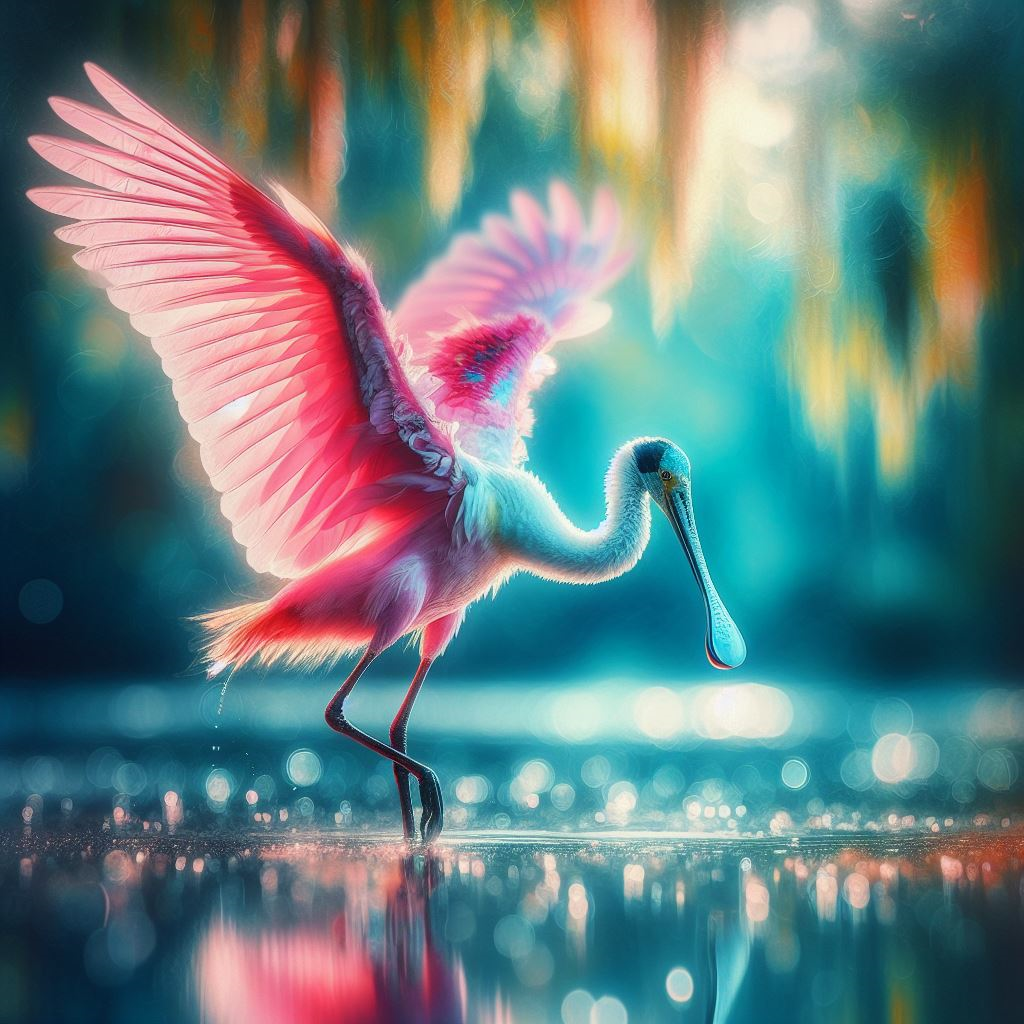
Painted Bunting
While tiny, the painted bunting more than makes up for its size with its explosively vibrant plumage. The male is particularly spectacular with hues of red, green, yellow, and blue. Females also possess lovely green and yellow plumage.
This species migrates between South Florida and the Caribbean wintering grounds. The best months to spot them are April and May as they pass through on their way north. They can be seen flitting through thickets and hedge-rows across Miami.
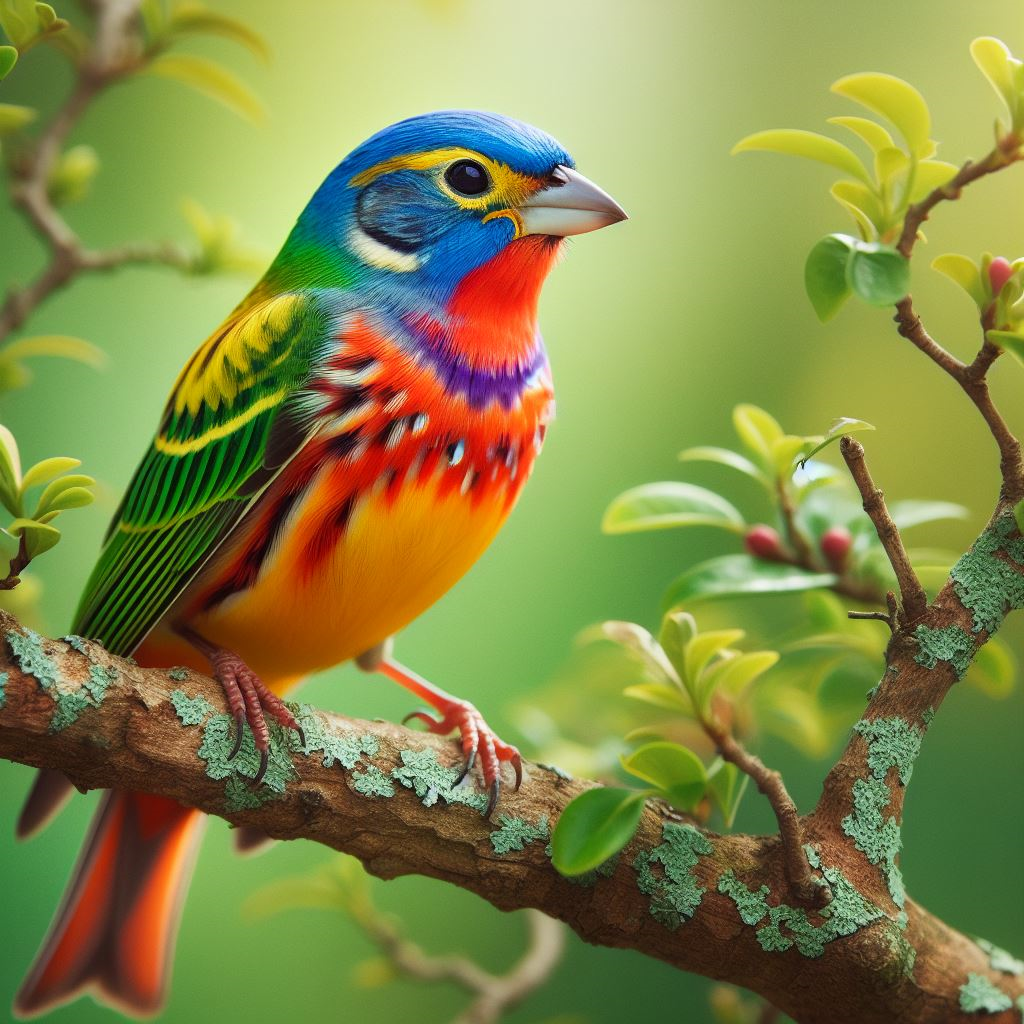
Peafowl
Though not native, the ubiquitous and flashy peafowl have adapted extremely well since their introduction. They fan their stunning tail feathers to courtmates and ward off intruders. Iridescent neck plumes shine an iridescent green and blue in the sunlight.
Many city parks and zoos keep semi-tame peacocks that wander freely with their peachick young in tow behind them. It’s quite common to hear their loud, warbling cries or even spot them strutting along residential streets.
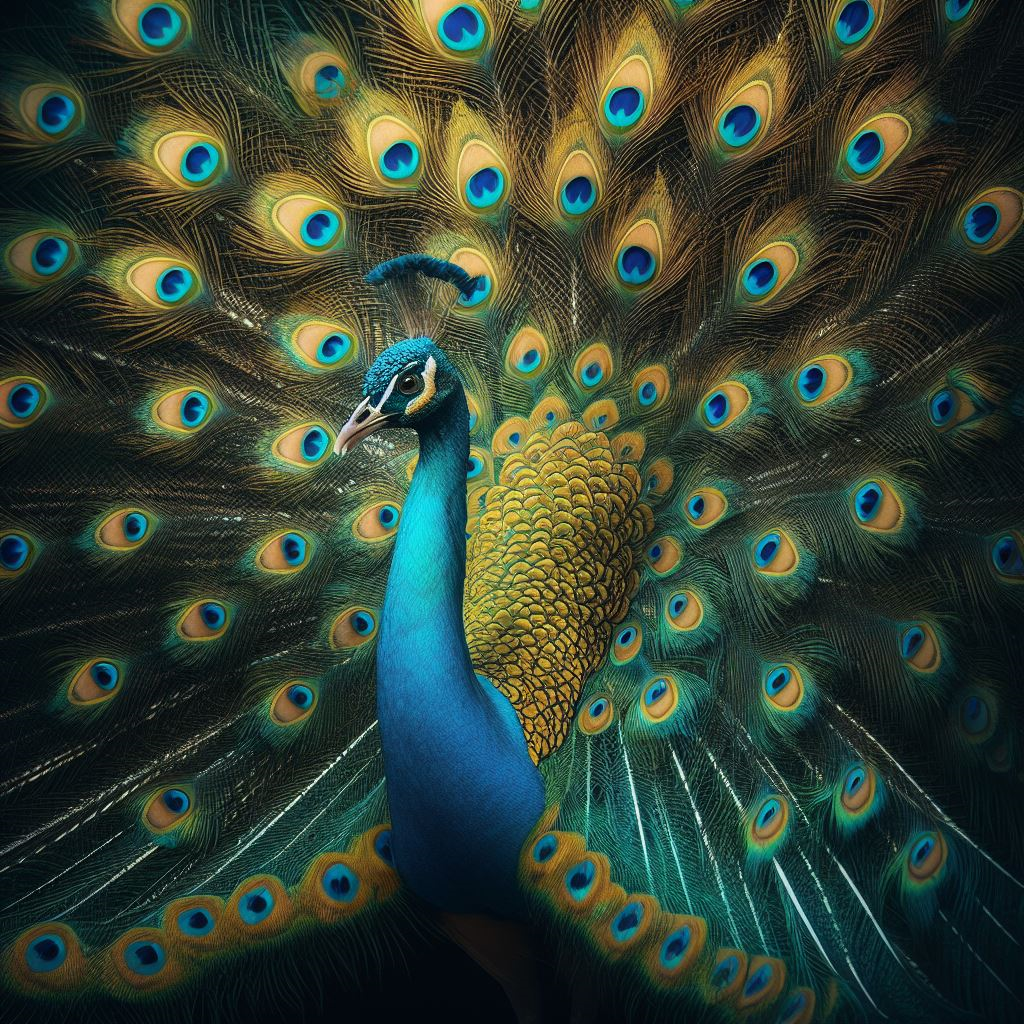
Graceful Wading Birds
Miami attracts scores of elegant long-legged wading birds that slowly stalk the shallows hunting for fish with precision strikes of their slender beaks.
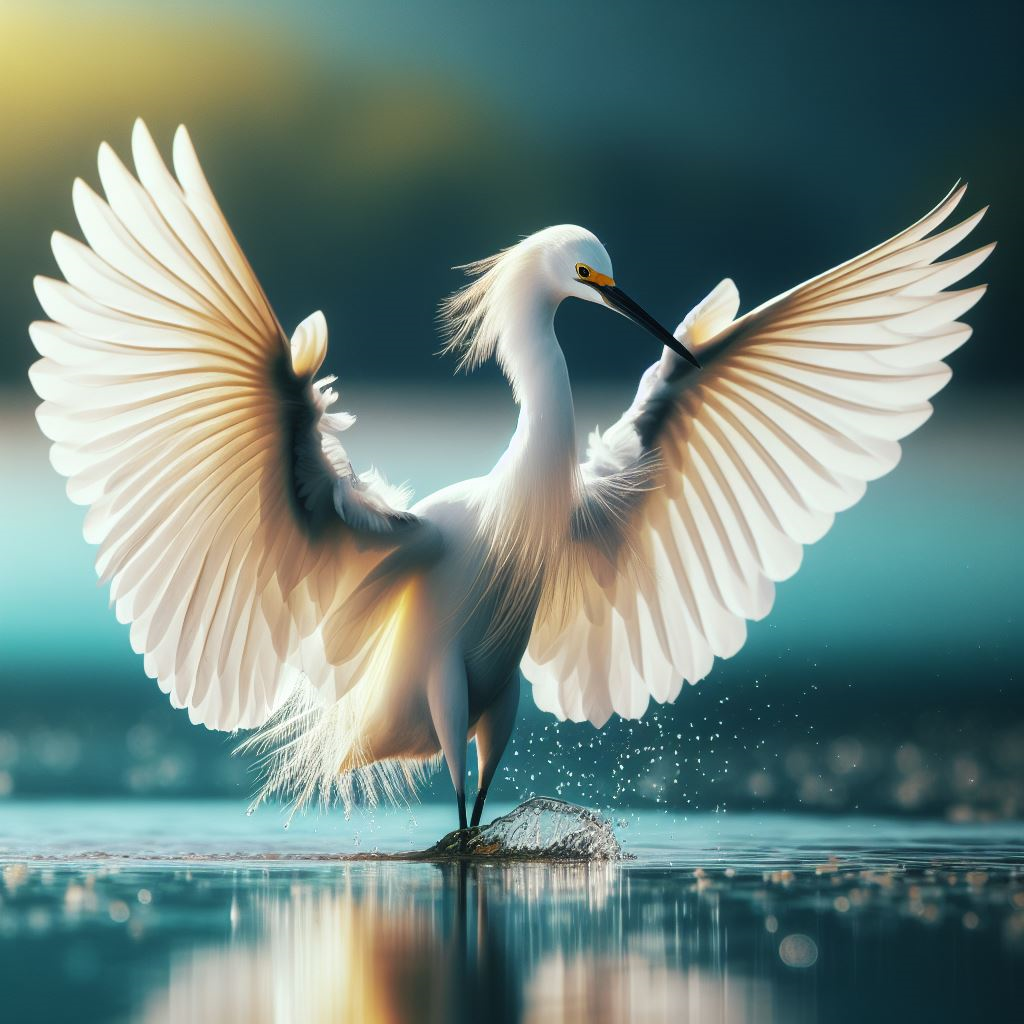
Reddish Egret
The reddish egret exhibits a frenetic and entertaining feeding style. It wildly dashes about through shallow waters, spreading and flapping its wings to create shade that draws in fish. Its shaggy breeding plumage appears in stunning shades of dark reddish-pink.
These energetic foragers especially favor the saltwater flats and tidal pools. The best viewing is along the coasts of Biscayne Bay and Florida Keys as well as Everglades National Park.
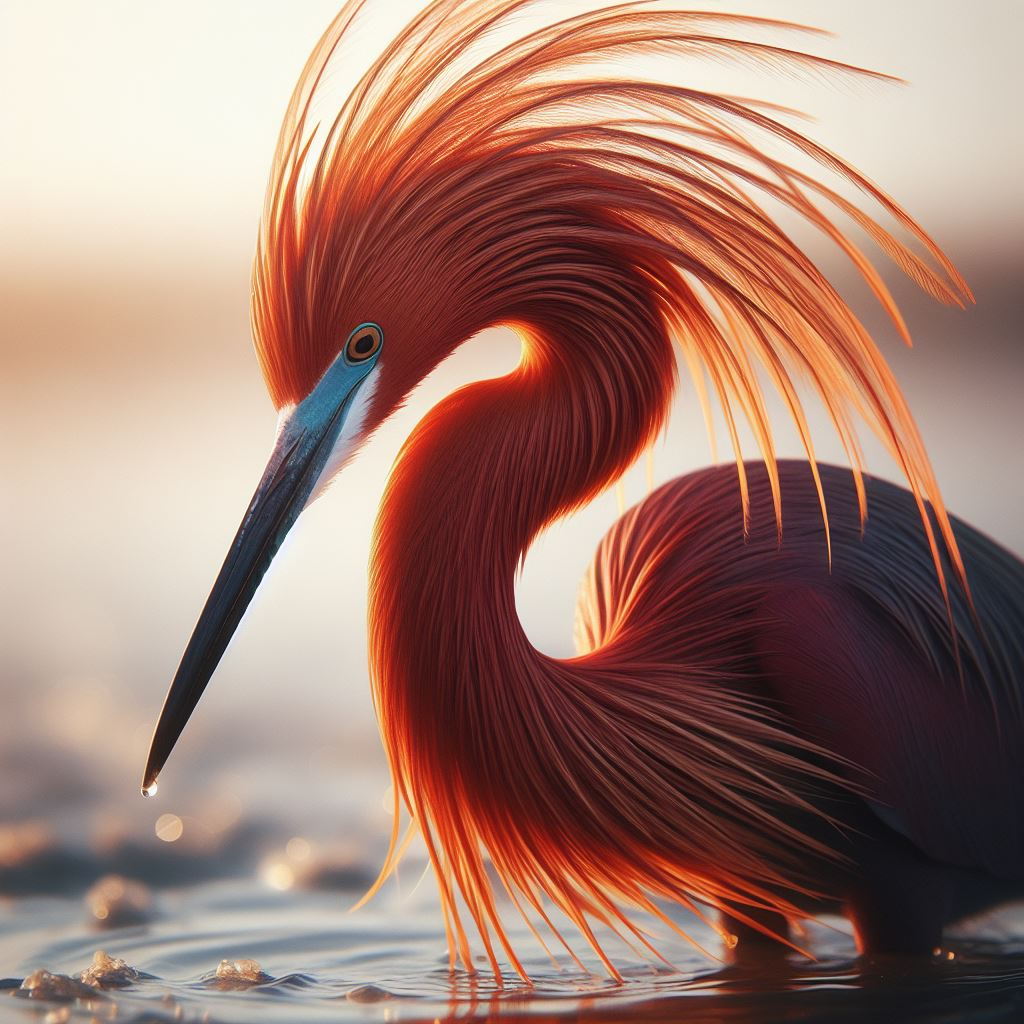
Great Blue Heron
The regal great blue heron makes its presence known with size alone at nearly four feet tall. Its subtle blue-gray plumage and artful plumed head lend it endless grace. It freezes stock still at the water’s edge before spearing fish with its dagger-like bill.
Great blue herons nest colonially in trees and can be spotted along the edges of any waterway from the Everglades to neighborhood canals. Wading through the shallows, they are a picture of patience.
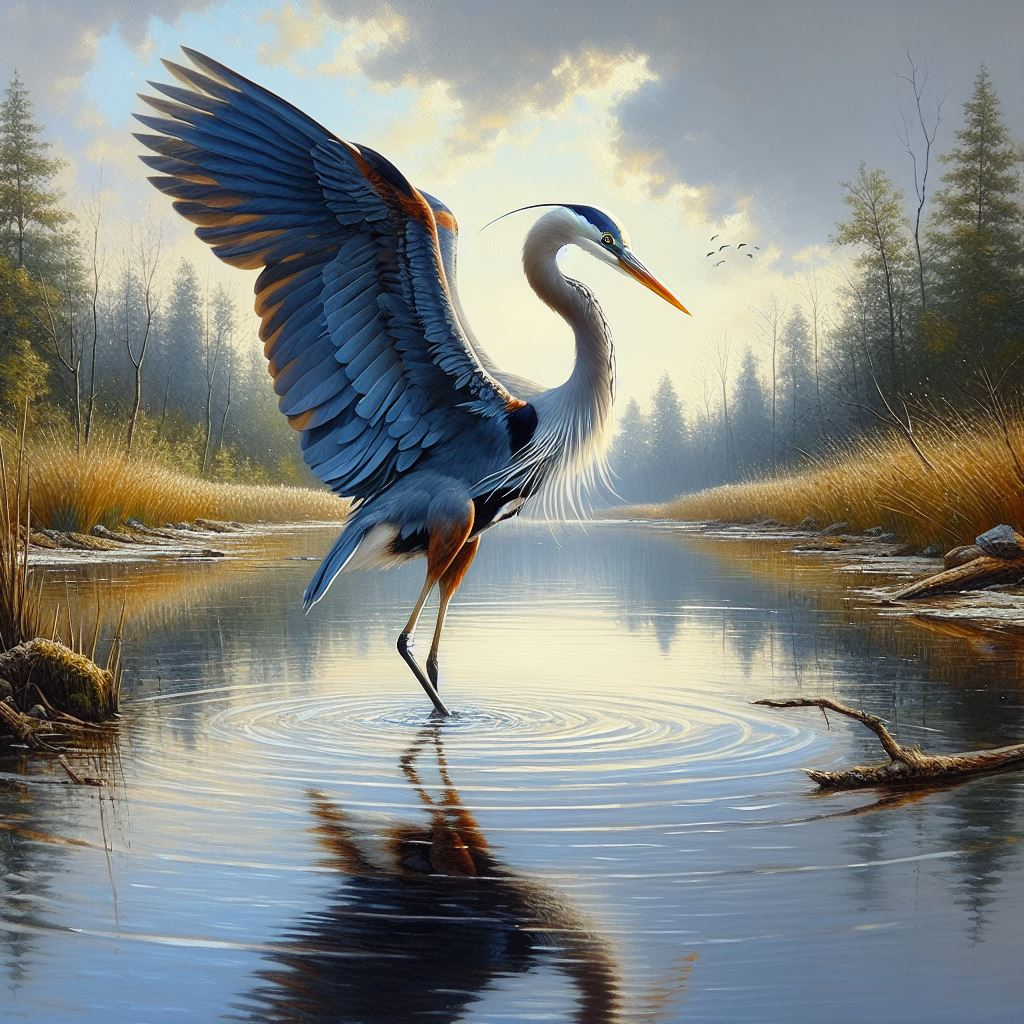
Wood Stork
As one of America’s largest bird species, the wood stork is an impressive sight with a wingspan approaching five feet. Its bright white plumage and dark featherless head give it an almost prehistoric appearance. Huge flocks gather and fly in formation over the wetlands.
Wood storks breed in Florida year-round, particularly favoring more remote cypress swamps of Corkscrew Swamp and the Everglades. Their survival depends on sufficient pools for fishing during the dry season, making wetland conservation critical.
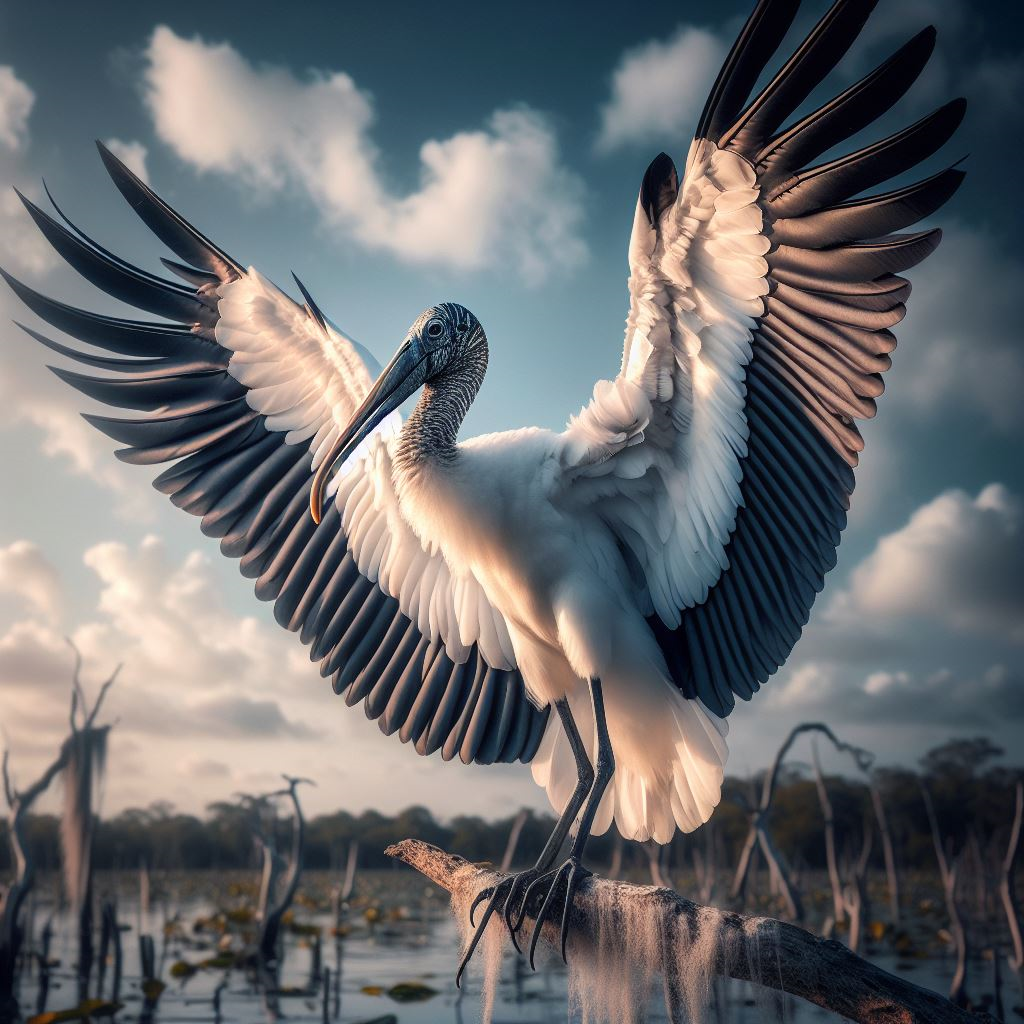
Raptors
As versatile hunters, birds of prey thrive across environments from South Florida’s cities to remote wetlands and coastlines.
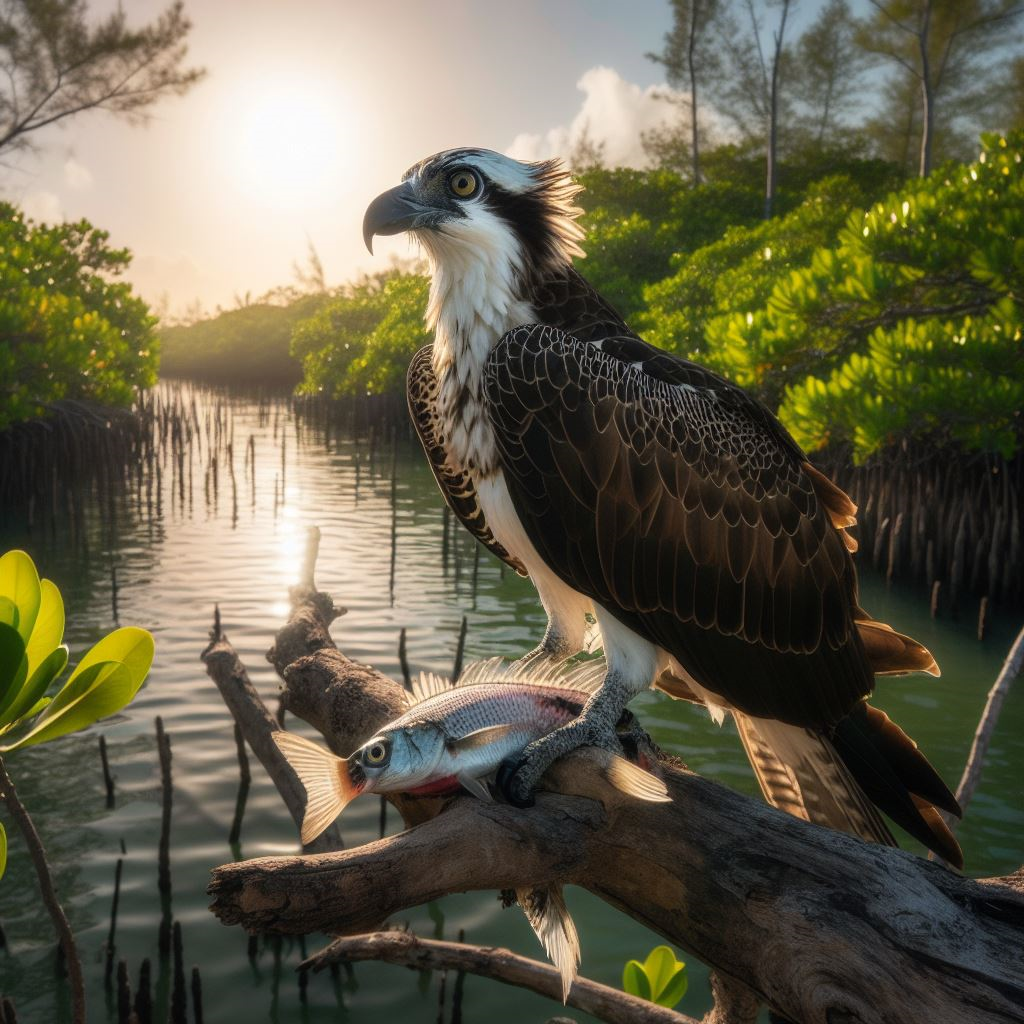
Burrowing Owl
These tiny raptors with bright yellow eyes nest underground in abandoned burrows, earning their name. Unlike most owls active at night, these active hunters love to sun themselves watching for prey during the day. They bob their heads and stand completely erect when curious.
Burrowing owls favor well-drained fields and open grasslands. Good spots include the Florida Keys Refuge, neighborhoods along Zoo Miami, and parks. Patient observers can catch them peeking from burrows.
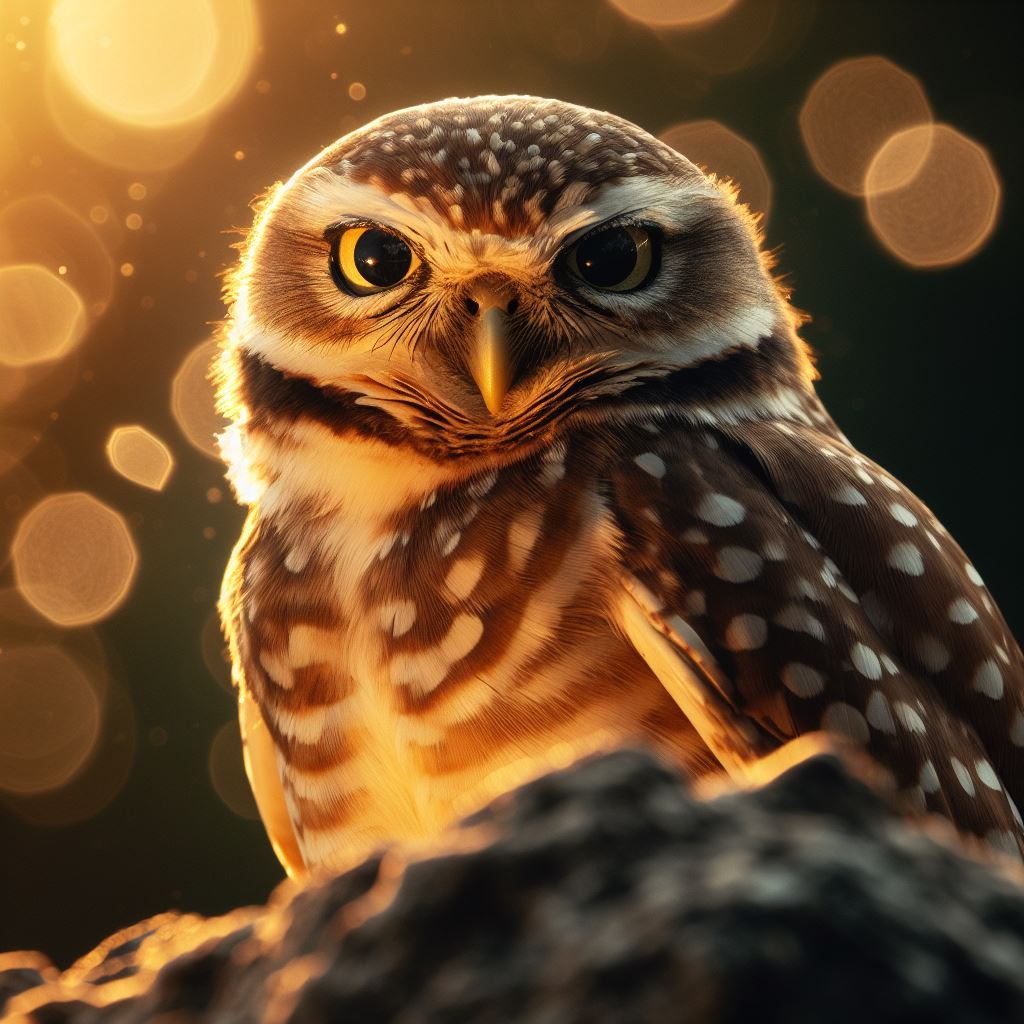
Osprey
The osprey is the consummate fishing bird equipped with reversible outer toes and spiky foot pads. They excel at diving feet-first to snatch fish from near the water’s surface. These raptors mate for life and build immense tower nests atop poles, buoys and dead trees.
Ospreys time their migrations to ensure abundant food sources for raising young. Huge populations winter along Florida’s coast from the Keys to the Panhandle near open bodies of water teeming with fish.
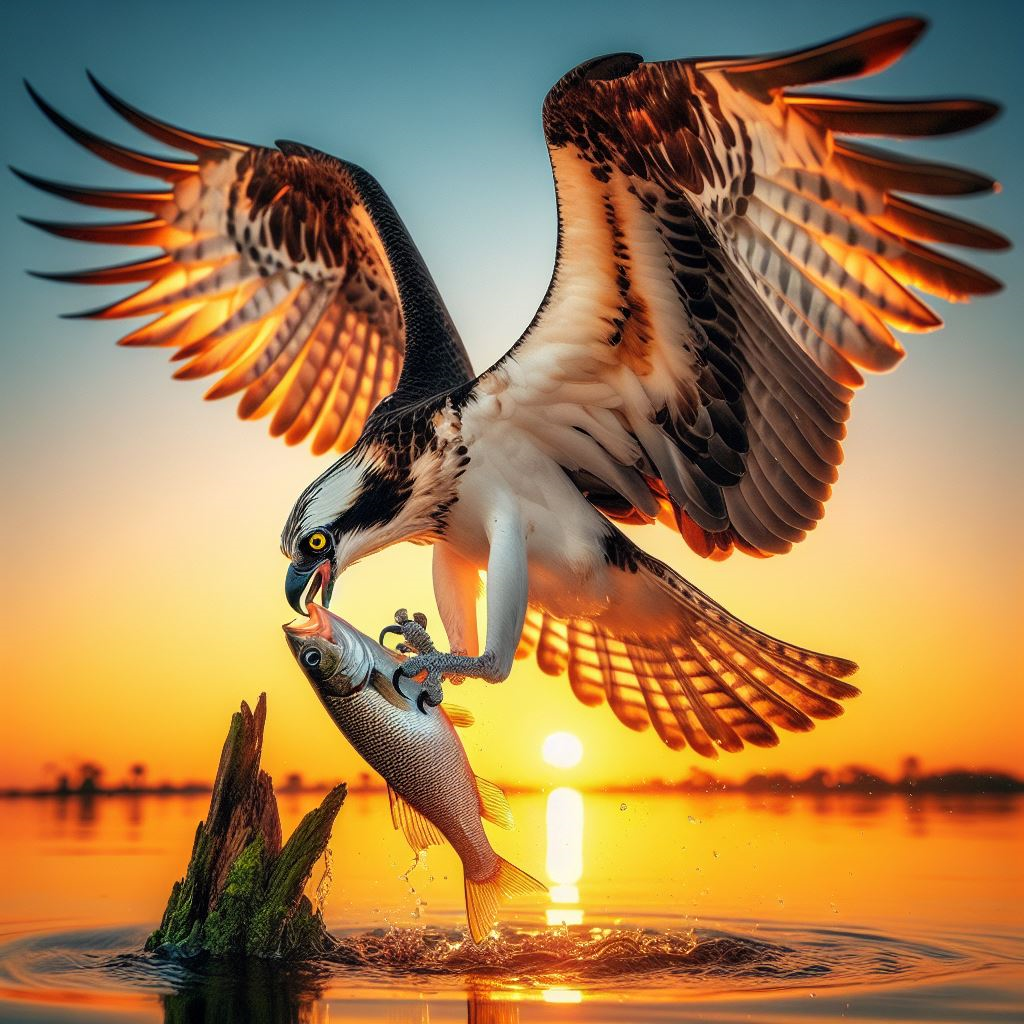
Turkey Vulture
An ugly face only a mother could love belongs to the turkey vulture. But its six-foot wingspan and graceful flight showcase aerial mastery with talented soaring and weaving. Ruffling neck feathers to stay cool, these birds fly effortlessly on warm thermal updrafts.
A keen sense of smell draws turkey vultures to carrion. They play a critical role in cleanup by helping dispose of carcasses completely. Their bald heads show bloody evidence of feeding inside carcasses. Roosts can be seen gathered in groups along roadsides, fields, and woodland perches.
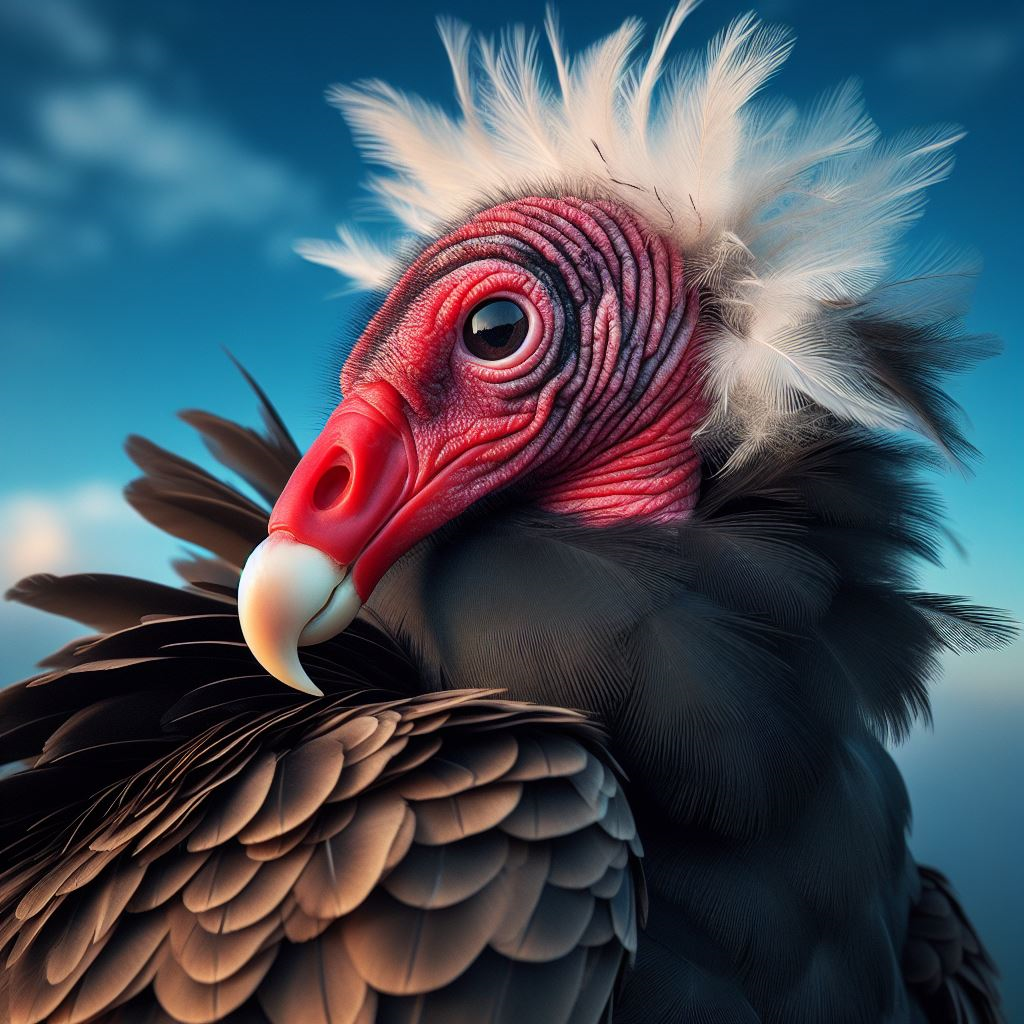
Songbirds
Many vibrant tropical species fill Miami’s lush gardens and city parks with sweet birdsong. Their brilliant colors and energetic musical choruses bring these landscapes to life.
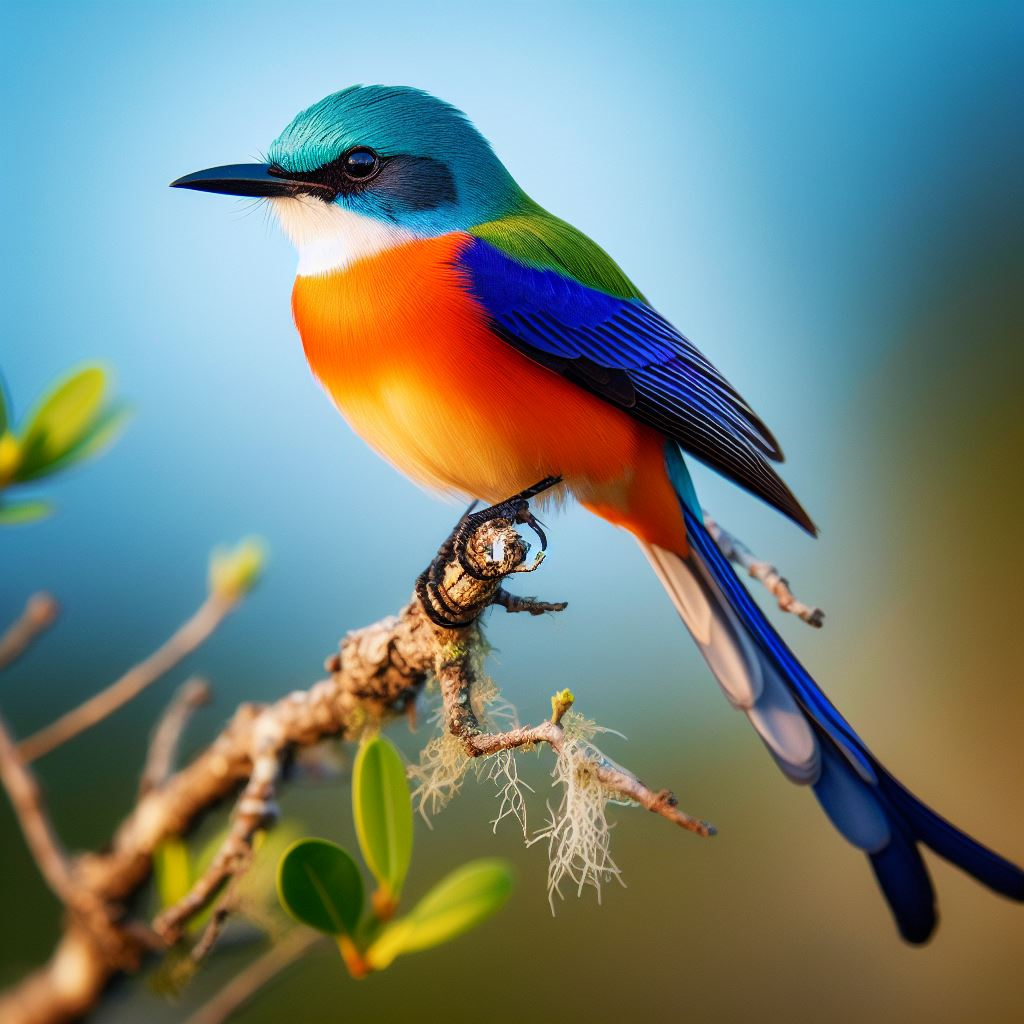
Northern Cardinal
The bright red feathers and jet-black face of the male northern cardinal seems to shout for attention, matched by its whistling song. Surprisingly drab females possess elegant crests and warm reddish accents.
These backyard favorites frequent well-planted suburbs and city parks. Courting couples can be spotted spring through summer feeding one another seed offerings. Cardinals rarely migrate, so provide year-round color and song.
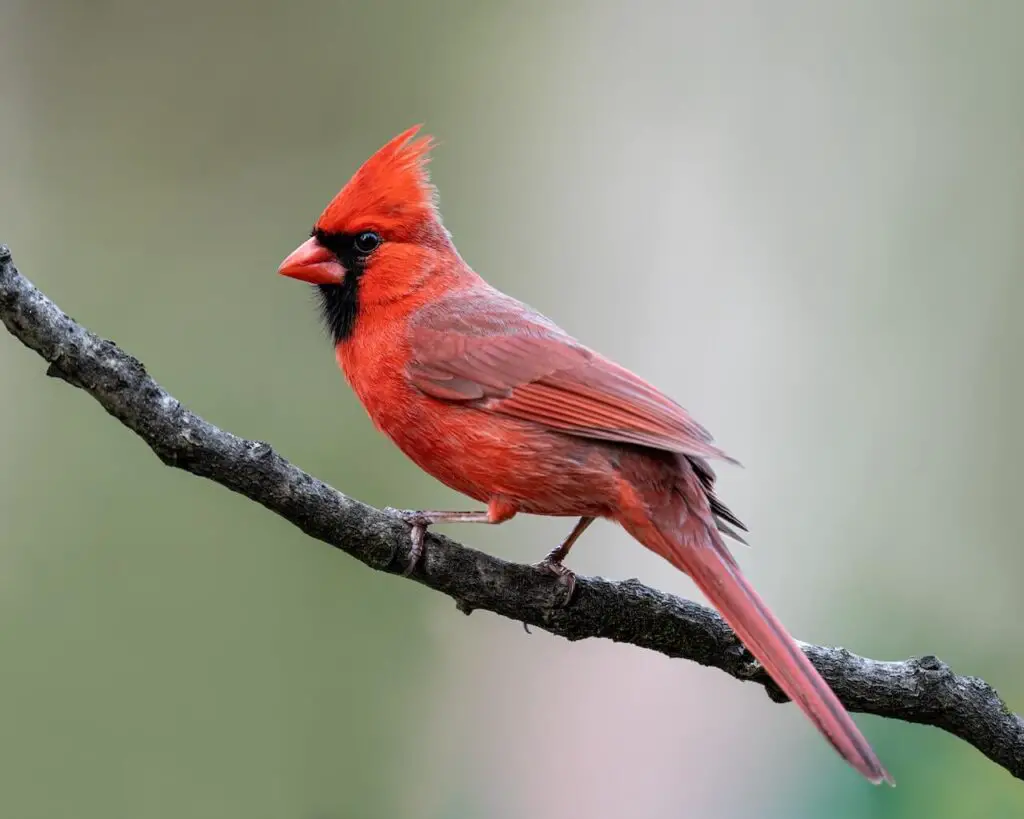
Mangrove Cuckoo
This tropical cuckoo bounces acrobatically among branches using its long tail for balance and makes querulous coos and guttural croaks. Heavy stripes underneath set it apart from other cuckoo species. They are extremely shy though and more often identified by their distinctive calls before actually coming into view.
Mangrove cuckoos inhabit coastal tropical hardwood hammocks and mangrove forests within South Florida parks and preserves. Increased urbanization continues to diminish critical habitat for this species.
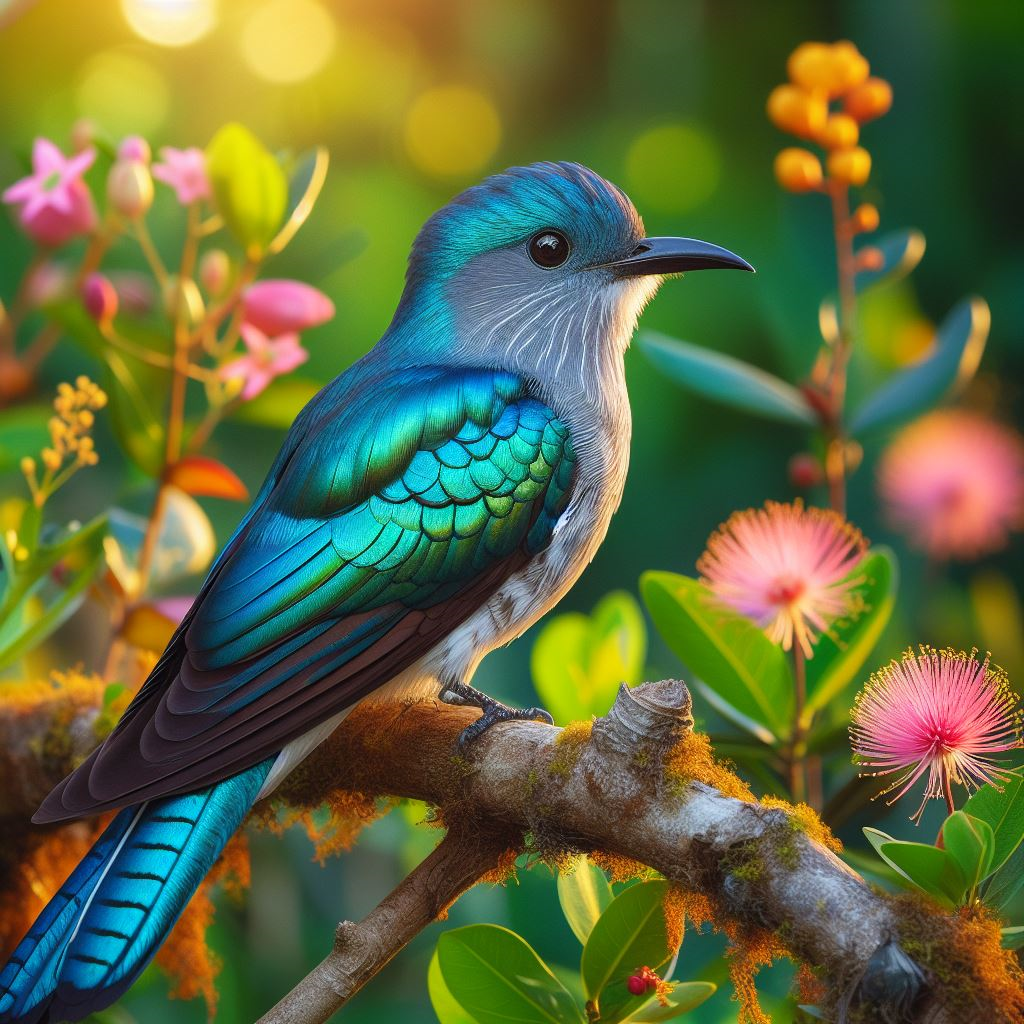
Waterfowl
From small ponds to the open bay, Miami offers sanctuary for diverse ducks and waterfowl that flock here by the thousands during winter migrations or as year-round residents.
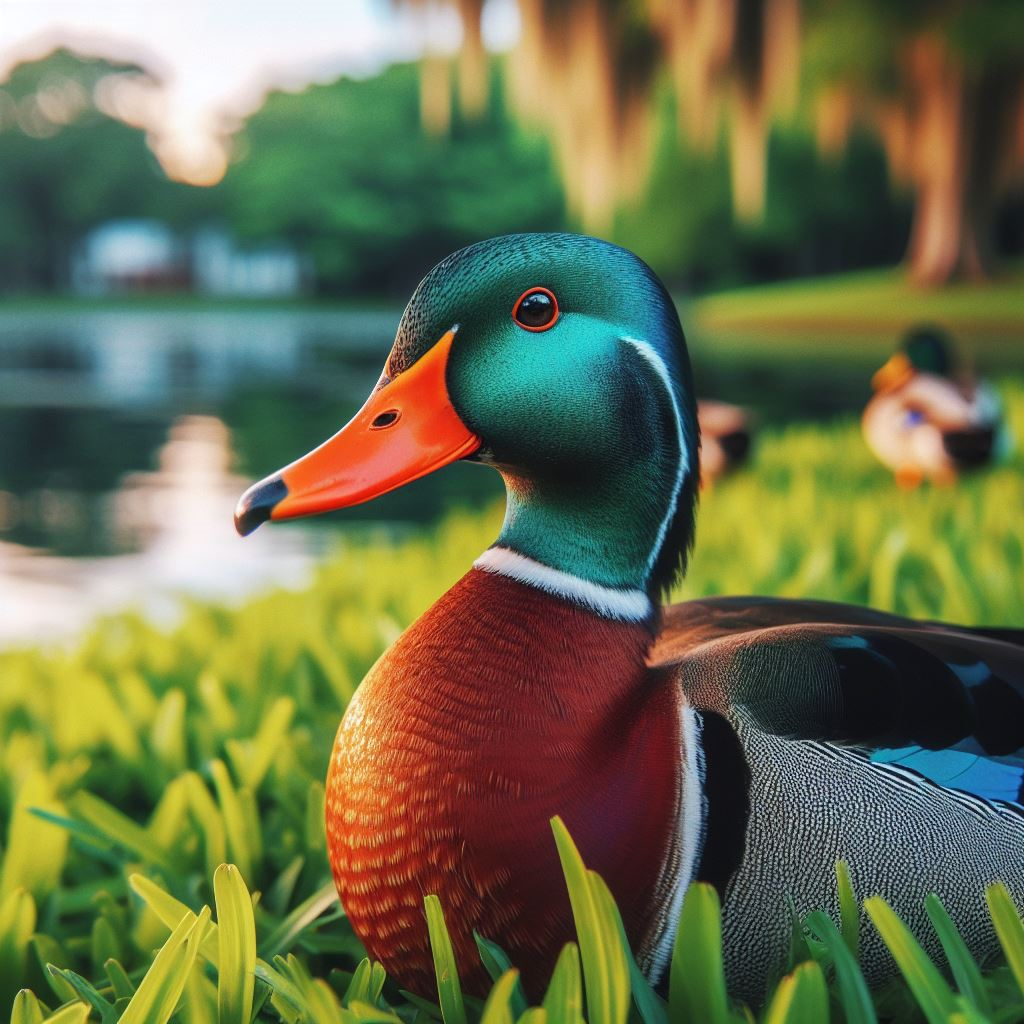
Wood Duck
Few duck species can compete with the stunning feathers of the male wood duck. Iridescent greens and burgundies stand out against high-contrast white and dark patterns. The elegant curved neck feathers perfectly frame its head completing its distinctive profile. Females also maintain pretty plumage in more subdued earth tones.
These ducks thrive among Miami’s wooded swamps and suburbs where they nest in tree hollows near fresh water. Parks and rural neighborhoods provide safe habitats and feeding grounds.
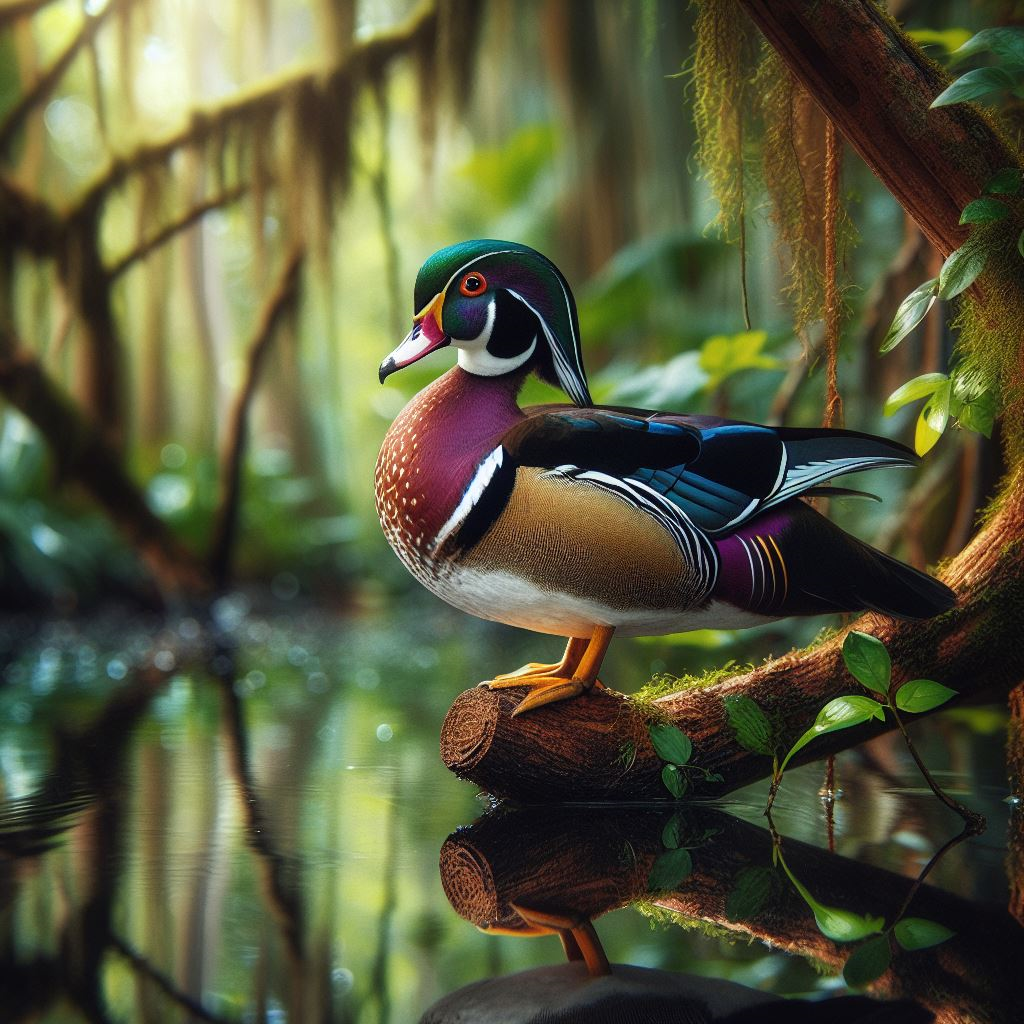
Mottled Duck
Preferring warmer climates, mottled ducks resemble female mallards in their modest earthy brown, tan and white patterned plumage. They maintain year-round residence throughout Florida and the Gulf coast where conditions stay mild. These ducks mate for multiple breeding seasons with the same partner.
Mottled ducks frequent shallow wetlands and open water areas near marshy vegetation. Prime viewing locations include retention ponds along Miami’s canals and wetlands within Everglades National Park.
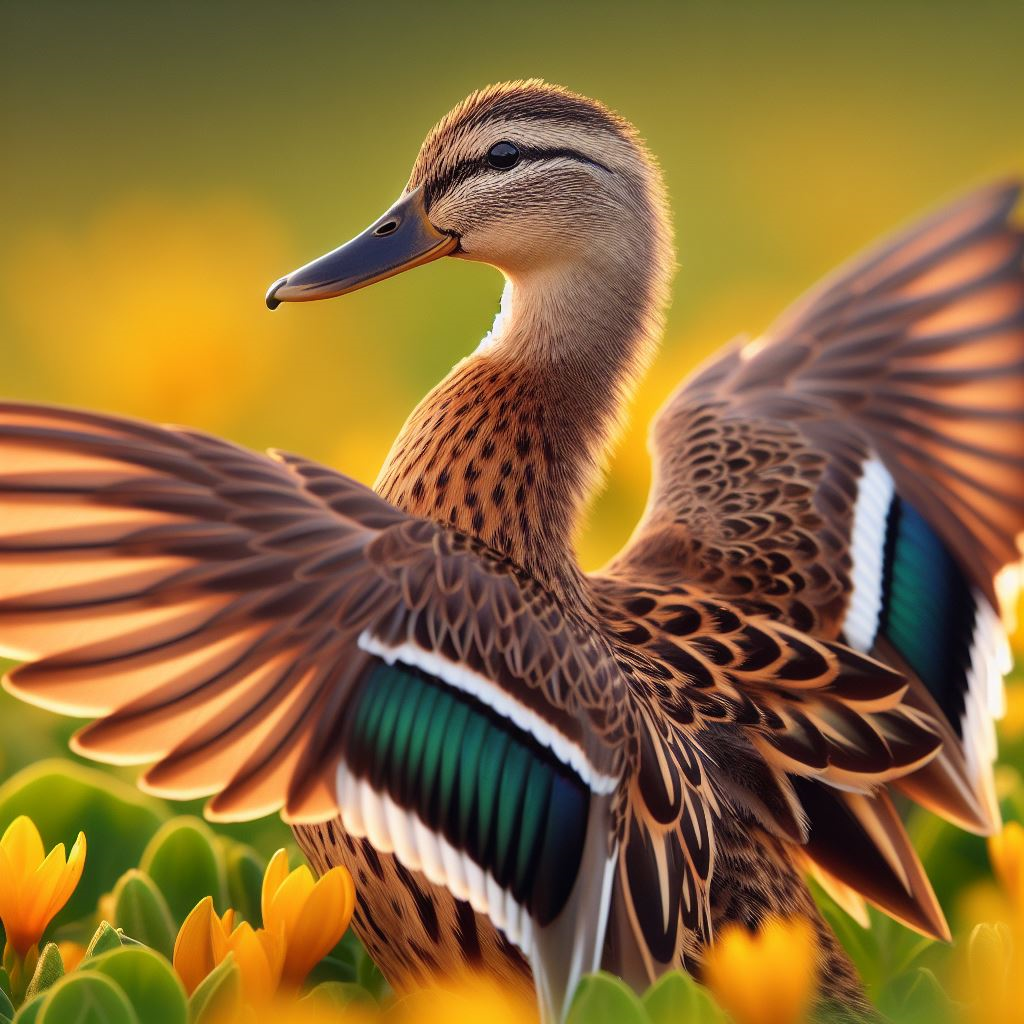
American Flamingo
The bright pink plumage and stilt-like legs render the American flamingo instantly recognizable even from afar. These leggy waders sweep their heads from side to side through the water skimming for shrimp and plankton. At rest, they tuck long necks neatly against their bodies.
Once hunted to near extinction in South Florida, these birds have rebounded though still considered rare and elusive. Flamingoes reside near protected saltwater flats and mangrove islands largely within Everglades National Park and Florida Keys Refuge.
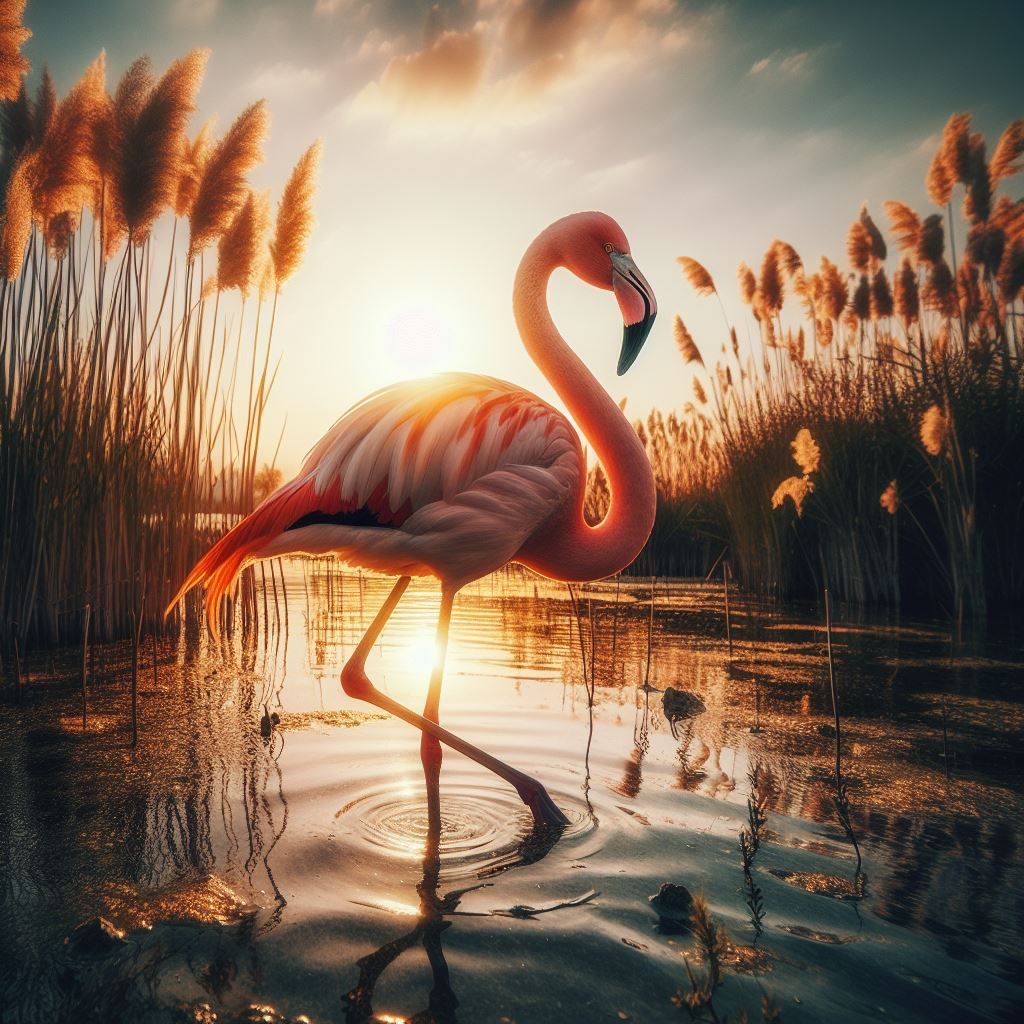
Conclusion
Miami’s avian diversity provides ample opportunities for outstanding birdwatching within city parks as well as unique ecosystems like the Everglades. Even novice observers can appreciate spectacular herons, egrets, spoonbills and ibises wading through salty mangrove flats. South Beach parks offer sightings of energetic songbirds darting from palm to palm. And urban suburbs attract waterfowl and raptors well-adapted to neighborhoods.
As development continues at a rapid pace, habitat loss threatens specialized species like mangrove cuckoos and migratory songbirds. But increased conservation initiatives focused on preserving wetlands and old-growth tree canopies provide hope. limitations on pesticide usage also supports insectivorous bird populations. Backyard birding has exploded in popularity as well to immerse within local avian diversity daily.
Whether stomping through marshy backcountry or relaxing at a café patio, Miami’s soulful birdsong and flashes of tropical color delight both residents and visitors alike. These feathered beauties firmly solidify Miami’s reputation as the proper gateway to the tropics within the continental United States.
Frequently Asked Questions
Where are the best places to go birdwatching in Miami?
Some top spots for Miami birding include Everglades National Park, Bill Baggs Cape Florida State Park, Pelican Harbor Seabird Station, Simpson Park Hammock, and Greynolds Park. Most city parks, beaches, and even suburban neighborhoods host a variety of species as well.
What time of year offers the best birdwatching?
Winter brings the largest influx of migratory birds like songbirds, raptors, and waterfowl. But Miami’s resident tropical species provide year-round sightings. April and May offer peak viewing of songbird migrants heading north. Late summer brings shorebird migrations as well as baby birds taking their first flights.
What birds are easiest to spot in Miami for beginners?
Great blue herons, brown pelicans, palm warblers, Egyptian geese, ibis and common grackles frequent most parks and open spaces making them reliable easy sightings. Bright northern cardinals and Carolina wrens are backyard regulars in suburbia.
Are guided tours recommended for finding the most species?
Taking advantage of an expert South Florida birder as a guide dramatically improves sighting elusive species. They recognize bird calls and know the most fruitful habitats. Many also maintain insider access to wildlife refuges off-limits to public visitors.
What tools help better view or photograph birds?
A good pair of compact binoculars helps birders closely inspect key markings. Telephoto lenses like a 400mm zoom lens isolate birds from afar. A field guide or app like Audubon helps better identify species. Photography blinds conceal movement allowing closer access.
Hopefully, this gives you a good overview of the diversity of pretty birds found throughout Miami appealing to all types of nature lovers! Let me know if you need any clarification or have additional questions.

My name is Shane Warren, the author behind Your Bird Buddy – your ultimate guide to the wonderful world of birds! Unleash your inner avian explorer as we delve into a vibrant library of knowledge dedicated to all things feathered. From learning about diverse bird species from across the globe to understanding their captivating habitats and behaviors, I’m here to fuel your passion for these magnificent creatures. Not only that, but I also provide valuable insights on being a responsible and informed pet bird owner. Join our vibrant community and let’s celebrate the feathered wonders of the world together – one chirp at a time. And be sure to join our Your Bird Buddy Community over on Facebook!


Comments are closed